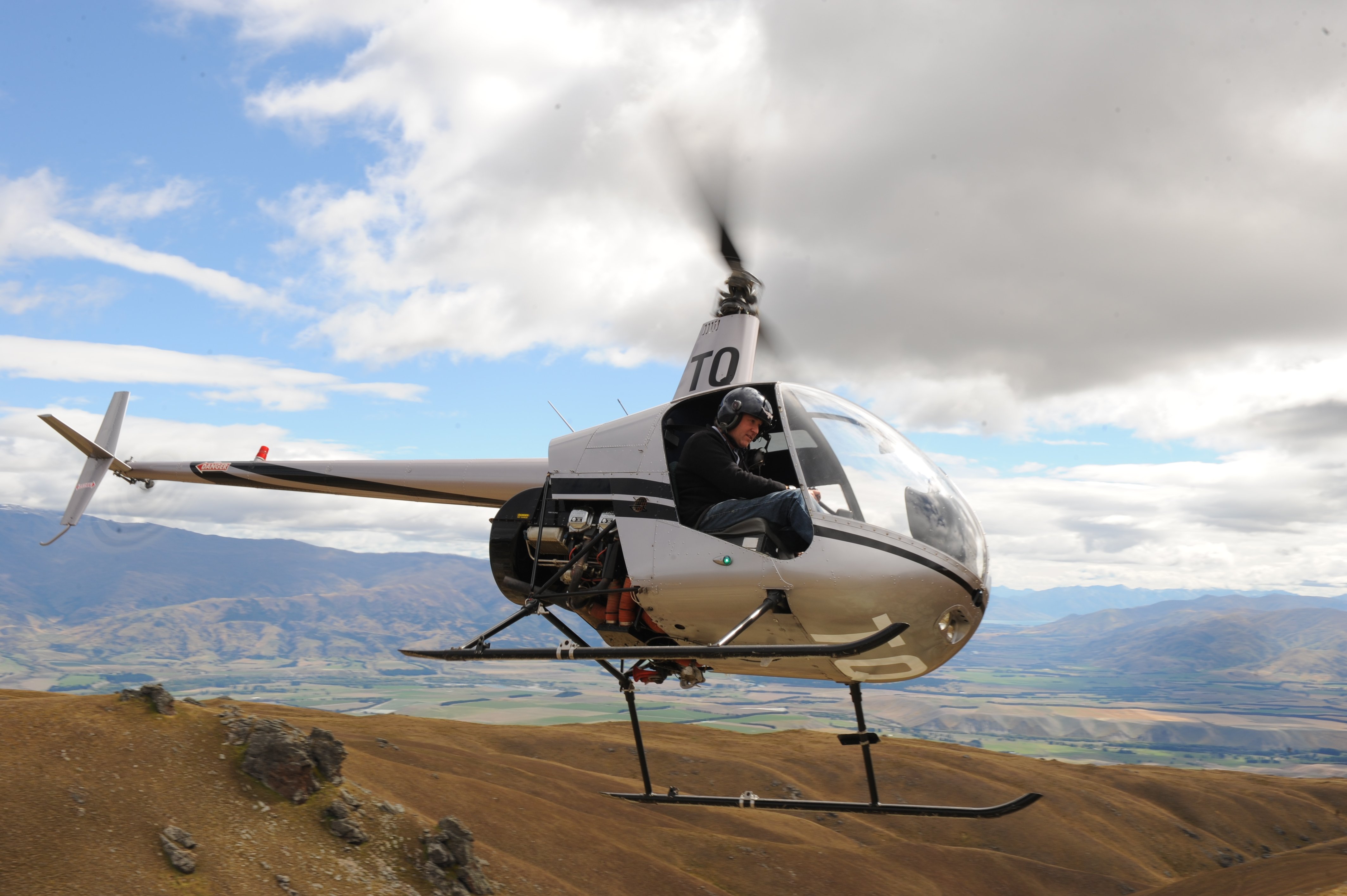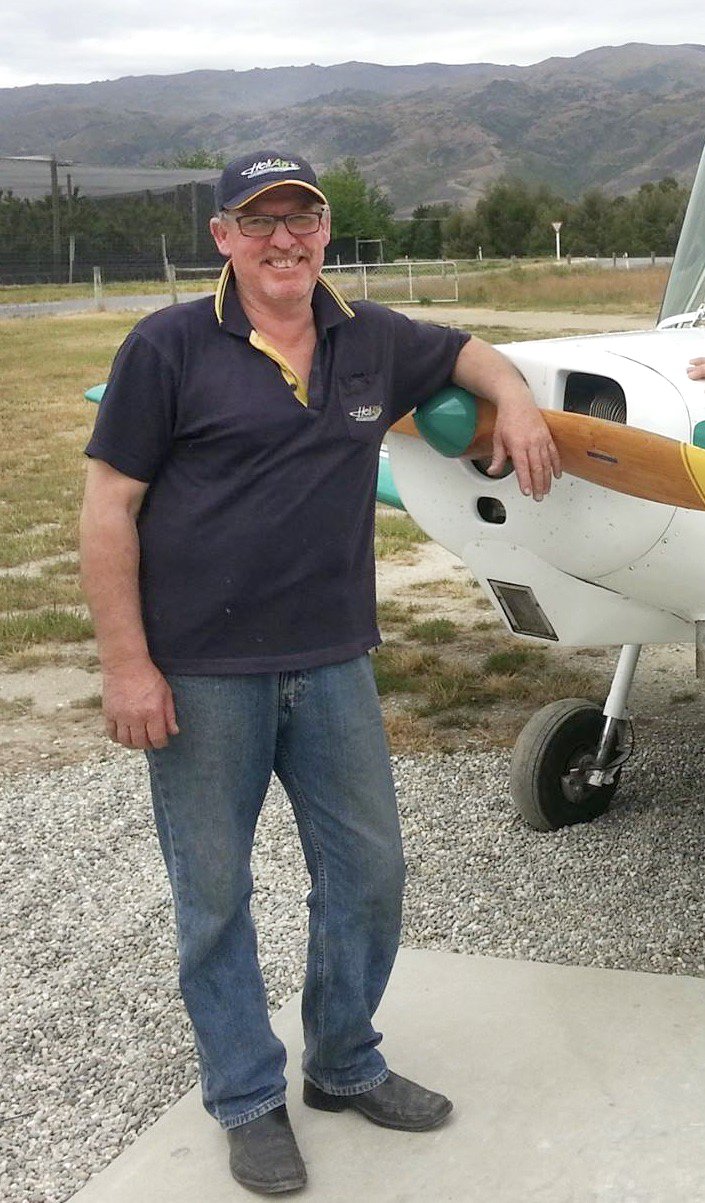
The Robinson helicopter, for many decades, was named the safest piston-powered aircraft until law firms across the globe began pursuing payouts.
Why are most accidents in Robinsons?
1: Because most helicopter pilots learn in Robinsons.
2: Most helicopter pilots gain introductory experience in Robinsons.
3: Statistics show more Robinson helicopters are flying than any other make.
If a pilot’s mistake or poor judgement leads to an accident, then it will mathematically most likely be in a Robinson.
Following seven years of investigating the 2015 Lochy River valley Robinson R44 crash, all the New Zealand crash investigators could produce at an inquest were.—
1: A lawyer claiming pilot James Patterson-Gardner (18) and instructor Stephen Coombe (42) may still be alive if they were not in a Robinson on the day. That is the equivalent of saying passengers may still be alive if they were not, for example, in Brand X in a car crash.
2: A New Zealand aviation expert proving a 730kg Bell helicopter is heavier than a 660kg Robinson and that the Robinson is not as strong as the battle-ready purpose-built 2300kg war machine Bell UH-1 Iroquois.
3: A forensic investigative engineer suggesting a flight-speed limit be introduced on to the Robinson until the cause of the accident is determined.

The point is, none of the primary expert witnesses got close to showing what caused the accident, so with only speculation, the investigators blamed the helicopter and its design.
But they had a problem. In the past, nearly all mast bumping (MB) accidents were linked to turbulent weather, instructors/pilots, or both. No investigator wishes to blame a Civil Aviation-approved instructor, or pilot, and rightly so. Neither should be sighted at fault without factual evidence.
This leaves turbulence, and there was none on the day. There is no record of a wind gust, yet investigators convinced the coroner there may have been a gust that caused the helicopter to MB without the pilot’s knowledge. No mid-day breeze will bring down an aircraft with a cruise speed of 200kmh and a maximum speed of 240kmh.
There are facts in this case. The facts are investigators have not determined the cause of the accident or even defined what caused the crew to lose control of the aircraft.
Without knowing what caused the accident, they recommend decreasing speed. How do they know this could not actually increase endangerment?
They also state an onset of MB could happen without a pilot knowing. That is no different to saying a Brand X driver can gain dangerous speeds without knowing it. Utterly useless information.
It is insane such speculative findings are used to restrict the Robinson helicopter when we know worldwide the Robinson has logged tens of millions of non-MB flight hours. The Robinson Helicopter Co has done more than other manufacturers to promote safe operations of its helicopters, including repetitive Robinson pilot "safety awareness training".
The dots link to humans more so than adverse weather (there was none) or the manufacturer’s design (a proven design). Therefore, I hope the investigators map all Robinson MB crash sites and link the accidents to an actual cause.
Only about 200 people know about operating Robinson helicopters in our New Zealand environment. The rest know know zilch about Robinsons and the principles of flight.
Many articles on Robinsons have misled the general population because reporters have relied on self-claimed experts in a courtroom. During such gatherings, not one iota of conclusive explanatory evidence to show MB can occur without pilot-induced control input has been tabled.
The speculative MB scenarios led the Transport Accident Investigation Commission (TAIC) to, I believe, wrongly place Robinson helicopters on a watch list.
Before the TAIC watch list, about 42% of helicopters in New Zealand were Robinsons. That percentage dropped to about 25% with the watch list.
We have a significant number of helicopter accidents involving commercial paying passengers in New Zealand, but to my knowledge, there have been no commercial paying passenger fatalities in Robinsons.
The Robinson was awarded the safest aircraft in the world for many years. We liked the Robinson, so we demanded more, and Robinson supplied. The more we had, the more we crashed; you don’t need a calculator to explain that.
At the end of 2018, the helicopter fatal accident rate that included all helicopter types in New Zealand was about 1.2 fatal accidents per 100,000 hours flown.
The New Zealand accident rate was about 20 accidents per 100,000 hours. There are about 900 helicopters in New Zealand flying some 250,000 hours annually. About 50% is air transport, 30% agricultural, 14% other commercial operations and 6% private flight.
The two biggest sectors, air transport and agricultural, account for about six accidents per 100,000 hours.
The other two sectors, commercial operations and private flights, account for 20% of the total flight time but 70% of all helicopter accidents.
Even after TAIC placed the Robinson on its watch list, cutting it from all significant commercial work, the Robinson is still statistically most likely to be in an accident.
Here is what I consider to be information that has more worth than the findings in the 2015 Lochy accident investigation. The Russian Mil Mi 8 that first flew in 1961 is the only helicopter still in production that beats the Robinson in production numbers. The combined Robinson R22, R44 and R66 production figures equal that of the famous Vietnam War Huey, pass the Bell Jet Ranger by 20% and are double the numbers of both the Hughes 500 series and the Eurocopter AS350.
I have never tolerated accident reports that relied on speculation to place blame, be it on a pilot or an aircraft.
However, it is not hard to discover that following the TAIC watch list, those who once crashed Robinsons now crash other makes.
It was interesting to note the coroner accepted there was no evidence to show the pilots made a mistake, so I can only hope the coroner also accepted there was no evidence to show the pilots did not make a mistake. We are all capable of crashing; the difference is the frequency and what we learn.
I have to agree with one of the coroner’s recommendations: bring on the cameras for time to tell.










